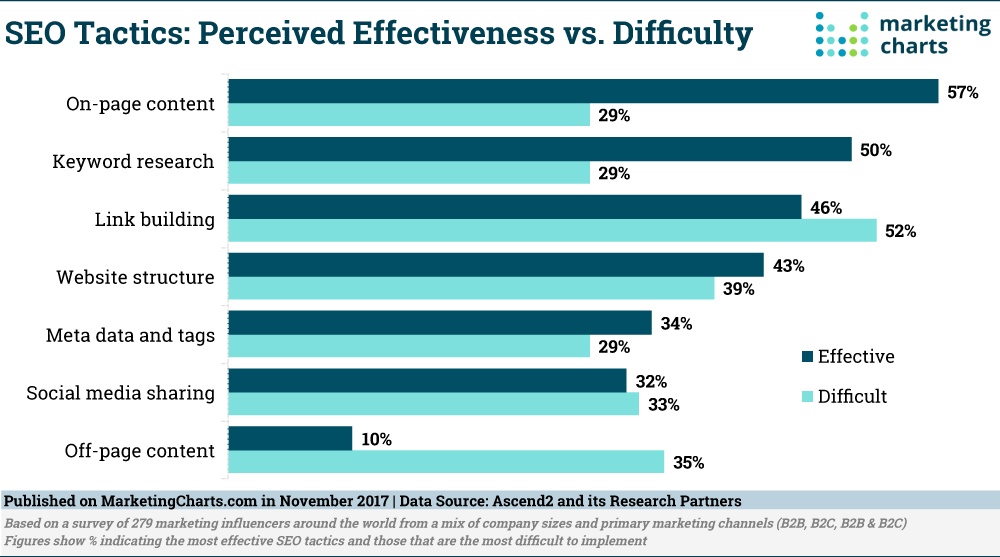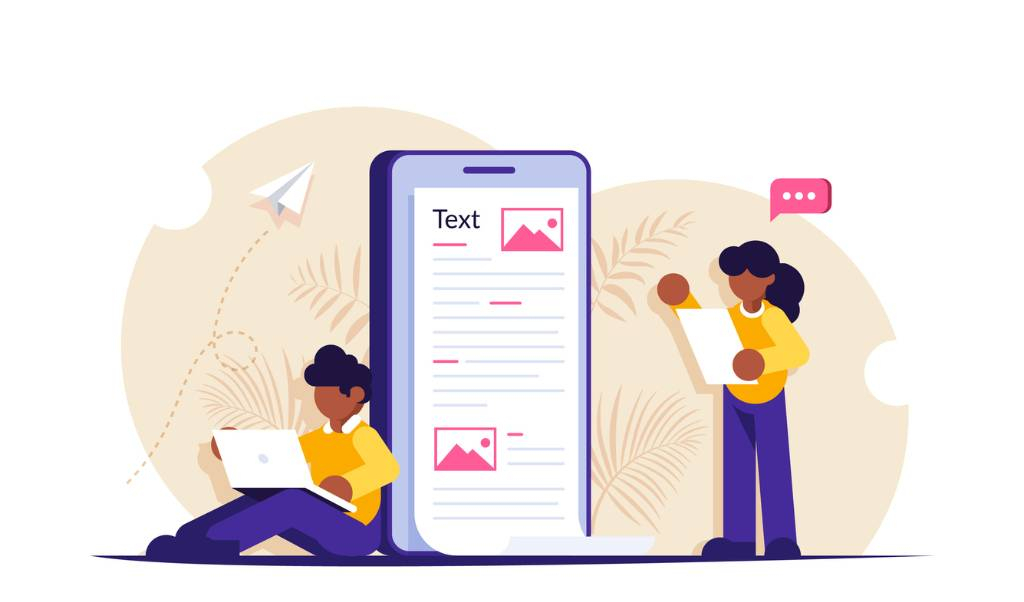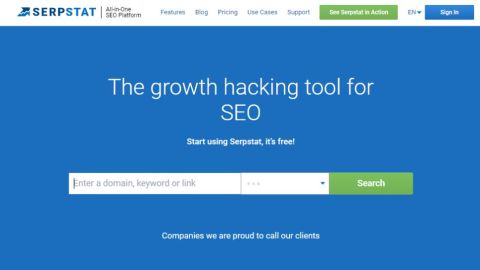
The main purpose of sales copy is to convince the customer to buy your product/subscribe to your communications. You can do this by giving prospects a clear path to follow. A great example of effective sales copy is that of HubSpot, a website that makes sales easier by sticking to specific pain points and speaking directly to sales professionals. These are the four main elements that will help you make your sales copy effective.
Empathy
Written sales copy should convey empathy for your audience. Empathy is the ability to understand and relate to your audience's needs. Empathic copywriting can be the difference between a sale, and a bounce. Writers who are able to empathize with the reader's emotions and situations will be more likely for them to purchase a product or a service. To build trust and affinity, empathy can be used.
It can be difficult to express empathy in sales copy. However, remember that prospects will have different problems and emotions. Empathy is not a feel-good technique; it's an important marketing strategy that will result in more loyal customers. Empathy can also make your brand more memorable. It's possible to be more friendly with your audience than you would with a sales message opener.
A strong sales copy can be a bridge. It should sound human and appeal to your target audience. You can look at the fears that someone has about failure and see what their friends think. This example will help you when writing your copy. You won't ever write another boring piece of sales copy! Start with empathy when writing sales copy. And don't let the writing become too dry or rote. Try it again. This strategy will be a great help later.
It is important to empathize with your prospects. Think like your clients when you make buying decisions. You can make their lives easier by looking for ways you can help. Empathy allows you to understand their motivations and help identify their problems. Empathy is a key component of many world-class companies' marketing strategies. They consider empathy one of their core values. If your content shows empathy, your customers are more likely buy from you.
Simple, concise and easy to comprehend
It is crucial to create simple, clear and understandable sales copy to attract customers. Don't try to pack too much information in your copy. Focus on how the product can help improve your customers lives. An AC unit that has a high SEER rating can help consumers save money on energy. Variable-speed AC units will adjust to the environment to conserve energy. Instead of listing specifications, the benefits that you offer will appeal to consumers.
A consumer's attention span can be eight seconds. This means that they are not likely to read long paragraphs. Talking in their language and understanding their problems will help you keep your customers' attention. Consumers only have eight seconds to pay attention. If you can get their attention in a few words, they will be more likely buy. When writing a long piece of sales copy, break it up into two or three shorter sentences.
If you're selling a service or product, listen to what your audience needs. Listen to Quora discussions and read comments on social networks. Write down exactly what they say and then use them in your copy. Write down what features you think your target audience will like about your product. A fitness center might offer flexible training plans, a nursery, nutrition advice, and support chats for moms.
Remember that sales copy must be persuasive in order to persuade people to act. As such, persuasive language should resonate with the reader. Your sales copy should be as compelling and engaging to the reader as possible. Use powerful words that evoke emotion. Power words such as "I," "you", and "you" can be used to get your audience to take action. When using power words, remember that they have an additional advantage over other words in your copy.
Feature-benefit copy

In writing a sales copy, features-benefits are a critical part of the strategy. Benefits are what differentiate a product from other products or services. Benefit-driven copy emphasizes the benefits of the product or service. It is the most effective way to convince potential customers to purchase. Benefit-driven copy allows writers to distinguish between features and benefits.
The benefits of a product or service can inspire buyers and sellers to purchase. You can use features-benefit text to describe how your product benefits the buyer. The benefits of a product or service are more important than the features. Focusing on the benefits of your product or service will help you attract more customers and increase sales. How do you create benefits-driven copy? Here are some suggestions for writing effective features-benefit copy.
To make your sales copy effective, you need to understand the difference between features and benefits. You need to understand the difference between benefits and features. Benefits describe the value of a service or product, while features explain what the feature does. Benefits should be highlighted more in sales copy than features. Benefits are what make a product/service stand out from its competitors. Customers must be convinced to purchase the product. A benefit-oriented copy is more persuasive. Make sure you emphasize the benefits.
As you use features-benefits in your sales copy, you'll find that it's a powerful motivator for your customers. However, big-ticket items may require more complex techniques. This is where you can combine feature-benefit copy and value-selling techniques to create a powerful combination. Follow these steps to easily incorporate features-benefit content into your sales copy.
Storytelling
Stories in sales copy have two benefits: they retain the reader's interest and increase their likelihood of buying your product. Storytelling taps into emotions through stories and makes it easier for readers to remember them. Your ideas will be contextualized by the story. The story will also give context to your ideas. It will make your readers feel as if they are part of the story. Here are some examples that illustrate how storytelling can be used to create compelling copy.
Stories can be a powerful way to build brand loyalty, and connect customers when written well. It uses metaphors, imagery, and other tools to stir the reader's emotions. A story can be as effective and as persuasive as direct response copy, provided it is told well. The key difference between direct response copy and storytelling is how the customer feels after buying. Also known as content marketing, storytelling is also known to be effective at generating interest from customers. Its power lies its ability to generate potential customers' interest and make sales.
You can tell a story in any length, depending on what product you are selling. Your readers will feel emotion when you use vivid words. Every word must compete for space within the story. Unclarity in the story will cause the reader to lose interest. Keep in mind that storytelling is an essential tool when writing sales copy. Here are three ideas to include stories in your sales copy.
Case studies. Tell stories about how your product works. A good case study can be a story with rich details that entices the reader to finish reading the entire piece and try your product. It can also be a fictional story that illustrates your point. Either way, storytelling is essential for your sales copy. How can you use storytelling to enhance your sales copy?
Consistency of brand voice

Write for your company consistently when communicating with customers. Not only will consistency increase your chances of success, but it will also improve your customer experience. Inconsistency in your brand voice can have several negative effects, including a weaker message and lower engagement. A brand voice guide can help you ensure everyone in your company is on the same page.
Your brand voice should be the voice that you use for all communications channels. It should be consistent across all channels - emails, social media posts, etc. Customers will remember your brand if it is consistent across all channels. A strong brand voice is a powerful tool to make your copy stand apart from the rest, attract new prospects, and retain existing customers. These steps will help you develop a strong brand voice.
It is a continuous process to develop a brand voice. Keep it in mind when you revisit it. The brand voice should reflect your vision of how your audience will experience your brand. Make sure you use the same voice for all your communications, including your website, blog posts, emails, and print content. Customers will be confused if you use a different brand voice in your communications. If you want to maintain a consistent brand voice across all channels you must use a friendly tone.
A blog can help you establish a consistent brand voice. Mailchimp's blog post is an example of a blog post with a conversational tone. Although it isn't as formal as your brand voice guidelines for sales copy, it can still be fun and engaging. Oatly employs quirky copy and illustrations throughout their branding. Their packaging and captions on social media can be used to identify their brand voice.
FAQ
What is Onpage SEO?
On-page SEO refers to the actions you take within your website to help it rank higher in search engines. On-page SEO includes things such as site architecture and page titles, meta tags and image alt texts. Off-page search refers only to activities that do not directly impact your website's ranking. These include backlinks, social media shares, press releases, and more.
How Much Will It Cost Me To Rank High In Search Results?
Costs of search engine optimization will vary depending upon the type or project. Some projects involve minor modifications to your site, while others require complete redesigns. Additionally, there are ongoing fees that cover keyword research and maintenance.
What is a PPC ad?
Pay-per-click ads are text-based advertisements that appear at the top or bottom of a page.
These ads are extremely targeted. This means that advertisers only pay when someone clicks.
PPC advertising works very similarly to Pay Per Call advertising. This will be discussed later.
What are the top tools for on-page SEO?
Video embeds, image alt tag, structured data martup, internal link structure, and video embeds are the best tools for on page SEO. These issues can be found in this article.
Statistics
- : You might have read about the time that I used The Content Relaunch to boost my organic traffic by 260.7%: (backlinko.com)
- A 62.60% organic traffic boost to that page: (backlinko.com)
- If two people in 10 clicks go to your site as a result, that is a 20% CTR. (semrush.com)
- Sean isn't alone… Blogger James Pearson recently axed hundreds of blog posts from his site… and his organic traffic increased by 30%: (backlinko.com)
- 93%of online experiences today begin on search engines. (marketinginsidergroup.com)
External Links
How To
How to choose a SEO strategy that is right for you
The following factors may help you to decide the right SEO strategy.
-
Keyword Research
Your primary goal in SEO is to rank high for certain terms. To do this, you need to research keywords that are related to your website. Negative keywords should be avoided.
-
Content Strategy
Content marketing is important for all businesses. But eCommerce sites need to ensure their products and services rank high on search results pages. This drives sales and increases conversions.
Constructing relevant and engaging content that solves problems or offers solutions is a must.
-
Link Building
Links have a huge impact on your website's ranking in search engines. To build lasting relationships with other websites, you should focus on building them.
-
Social Media Marketing
Using social media channels to promote your business is a smart move. You can encourage others to share your material by sharing content across these platforms.
-
Website Structure
Good design doesn't necessarily translate into better rankings but it does make an impact. A clear, simple layout can improve the user experience, which can lead to increased conversions. You must also ensure that your website loads quickly to avoid users leaving before they complete transactions.
-
Mobile Optimization
Mobile devices account for almost half of internet usage today.If your website isn't optimized for mobile, you could lose out on traffic and potential clients.
-
Local Search
This refers to targeting local markets rather than national ones.Local SEO works by optimizing your website for local searches such as "restaurants near me" or "businesses in my area." It's easier to rank well locally because people trust recommendations from friends, family members, and colleagues.
-
Ecommerce Website Development
Ecommerce websites benefit from a range of different types of SEO strategies.For example, they often perform best when they're optimized for both desktop and mobile devices. They are also more likely to be ranked for long tail keywords.
-
Video Ranking
Video content ranks well in search engines. It ranks well in search engines for long queries and receives more shares.
-
Branding
Branding is the process of designing a logo, product names, and messaging that gives your company its own identity and personality. This helps customers know who you are and what your company does.
-
Analytics Software
Analytics software allows you to track how visitors interact with your website.The information gathered through analytics can help optimize your efforts and increase conversions.
-
Email List Management
Email lists allow you to send emails directly to your target audience.You can send messages about new products, special offers, and promotions.
-
Blogging
Blogging is another way to generate quality backlinks. If you blog about your business, you'll get links from reputable sources.
-
Customer Satisfaction
Customer satisfaction is one of the most effective ways to get high-quality backlinks.When satisfied customers refer their friends and colleagues to your site, this will result in quality backlinks.
-
Content Marketing
Content marketing involves producing unique, useful, relevant content that educates, entertains, or inspires readers.
Engaging content can help you build trust with your target audience, and increase conversion rates.